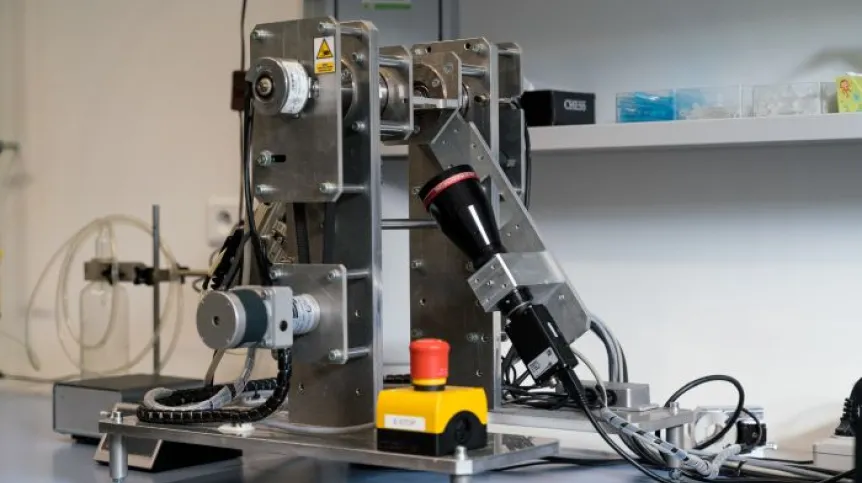
Professor Ewa Gorodkiewicz, a chemist from the University of Bialystok, is developing a prototype of a diagnostic analyser in a specific technique, which will be useful new diagnostic methods for scientists working on new therapies for diseases.
According to the University of Bialystok, Professor Ewa Gorodkiewicz and ASI BTM Investments founded a spin-out company Biomarkilo Sp. z o.o. for this purpose. One of the company's tasks will be to commercialise the developed solutions.
Professor Ewa Gorodkiewicz has been researching cancer markers, biosensors and the technique used in the new analyser for years. She holds 9 patents for biosensors and has won several awards.
The company that will commercialise Gorodkiewicz's work will use the patents obtained by the researcher, filed patent applications and even not patented knowledge on market terms, under a license. The commercialisation of this knowledge is also expected to bring benefits to the university, including financial ones.
The University of Bialystok reports that Professor Ewa Gorodkiewicz has already developed one diagnostic analyser prototype in the form of a stationary matrix SPRi (Surface Plasmon Resonance Imaging), and now it will be improved and automated. 'Thanks to this, the device will not only respond to the needs and challenges of research teams working on new therapies and diagnostic methods, it will also open completely new research opportunities for those teams', we read in the University of Bialystok press release.
'Many diseases are accompanied by the presence of biomarkers - substances, structures or processes that can be measured in the body (...) and indicate disease changes. Well-known substances (e.g. elevated cholesterol, which indicates the risk of heart disease) and more complex [chemical compounds - PAP] can be biomarkers', Gorodkiewicz explains.
She adds that these biomarkers can be measured with biosensors, modern tools that use biotechnology. 'The biosensor is a small device: a plate made of layers of glass and metal and a biological part, biological molecules, such as enzymes, nucleic acids or antibodies. An analyser must exist to conduct a test with a biosensor', says Professor Ewa Gorodkiewicz.
The expert explains the diagnostic process: samples of the patient's body fluids, e.g. plasma, are applied to a biosensor containing biological molecules. 'If there are specific biomarkers (specific biomolecules) in these samples, a biological signal is created as a result of the reaction, and the biosensor converts it into a measurable analytical signal. In the case of the analyser in question, the biosensor binds biomolecules from the sample, which changes in the refractive index of the biosensor', the professor explains.
Professor Ewa Gorodkiewicz's analyser uses the SPRi technique.
'Incorporating the SPRi analyser into research projects will enable the collection of a large amount of high-quality data in a short time. The measurement process automation will allow the device to be operated even by people with lower competences in the area of SPRi technology. Further analyses of a large number of high-quality data, supported, for example, by AI algorithms, may reveal completely new, non-obvious correlations, significantly increasing the chances of developing clinically useful diagnostic procedures and tests', explains Professor Ewa Gorodkiewicz.
She adds that he hopes that the new methodology can compete with other methods in used diagnostic laboratories. (PAP)
PAP - Science in Poland, Izabela Próchnicka
kow/ zan/
tr. RL













